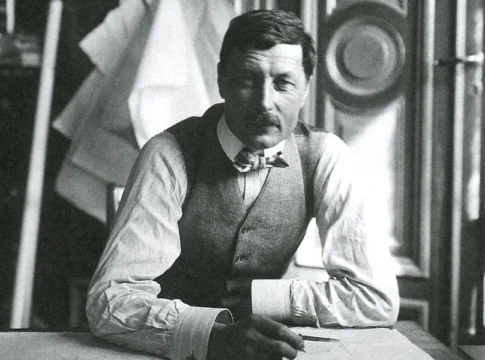 Photo: Gösta Florman (Public domain)
Photo: Gösta Florman (Public domain)
Carl Michael Bellman: Stockholm’s 18th-Century Bard
Few figures embody the soul of 18th-century Stockholm like Carl Michael Bellman (1740–1795). Known as Sweden’s national poet and songwriter, Bellman captured the city’s taverns, gardens, and streets in verses that still echo today. For visitors, following his footsteps offers a vivid glimpse into Stockholm’s past.

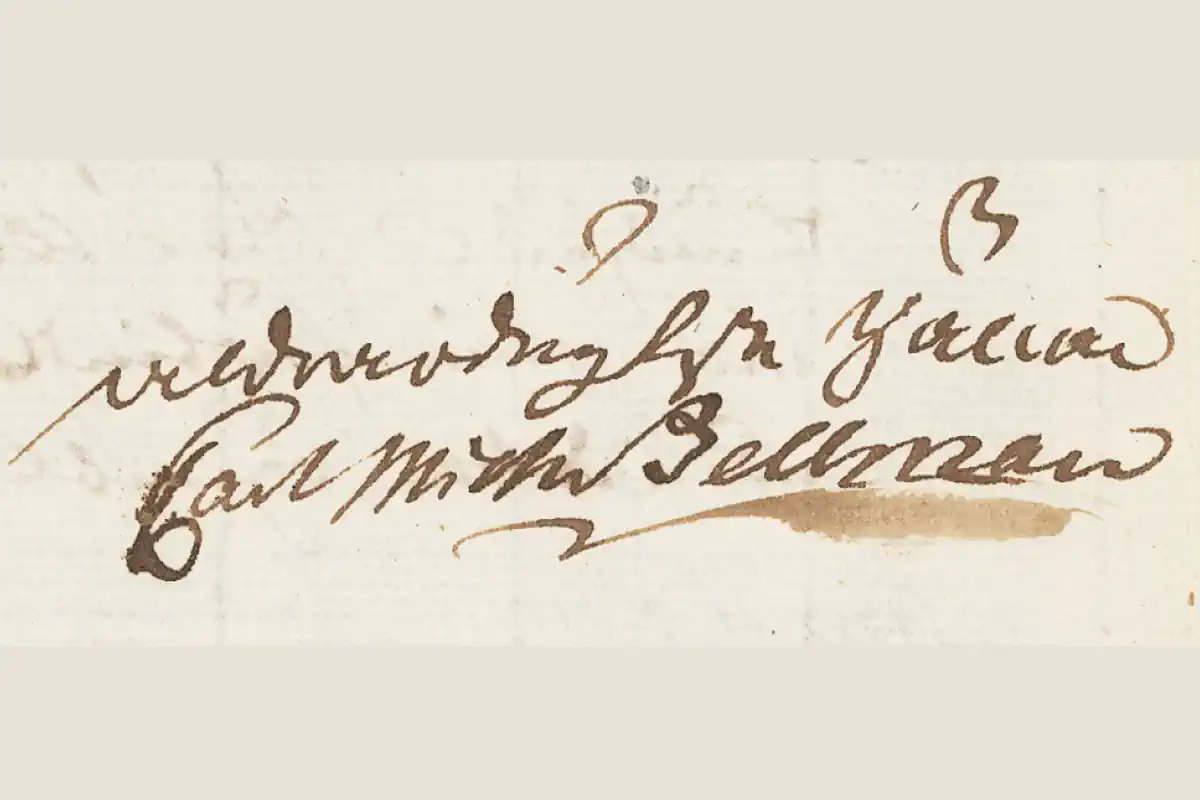
Life in Stockholm
Born in Södermalm as the eldest of fifteen children, Bellman grew up surrounded by both privilege and hardship. His father worked as a civil servant, yet the family often struggled financially. The vibrant but gritty atmosphere of Stockholm shaped his creativity: Bellman’s songs reflect taverns, alleys, and the colorful lives of ordinary people. Through his lyrics, the Stockholm of the 1700s still lives on.
Music and Masterpieces
Bellman’s fame rests on two great collections: Fredman’s Epistles and Fredman’s Songs. Together, they include more than 100 works that swing between humor and melancholy, often centered on drinking, friendship, and fleeting joy. His characters—like the tragic yet alluring Ulla Winblad—brought the city’s social life into art.
Bellman’s music was performed on the cittern, and he often borrowed melodies from popular European tunes, reshaping them with his own words. Songs like “Gubben Noak” and “Fjäriln vingad” remain staples of Swedish culture today.
Cultural Influence
Bellman is often compared to Shakespeare or Mozart for his ability to weave humor, sorrow, and social critique into art. His works have been translated into many languages, ensuring his reputation as Sweden’s “bard” endures far beyond its borders.
Tracing Bellman’s Stockholm
Visitors can experience Bellman’s world through several historic sites in the city:
1. Bellmanhuset, Södermalm
From 1770 to 1774, Bellman lived at Bellmanhuset on Urvädersgränd. Here he composed many of his Epistles. Today, the house is preserved by the Par Bricole Society and offers monthly guided tours.
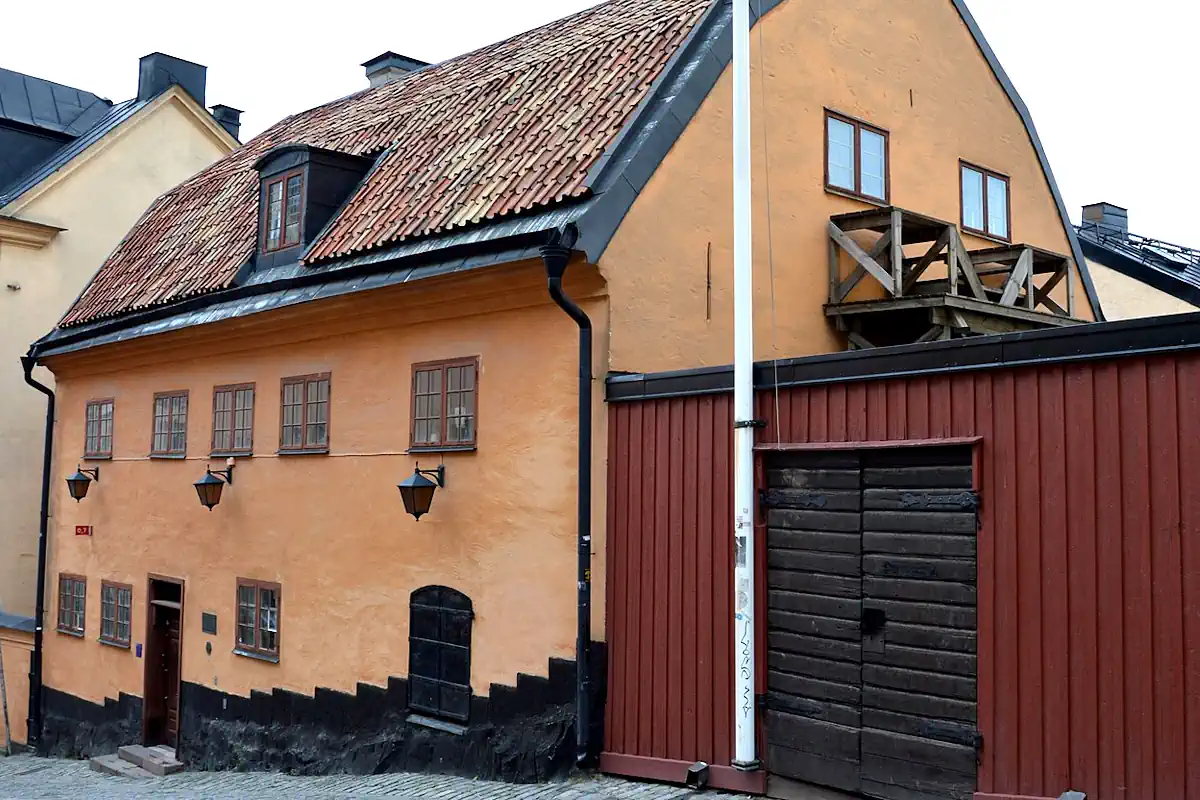
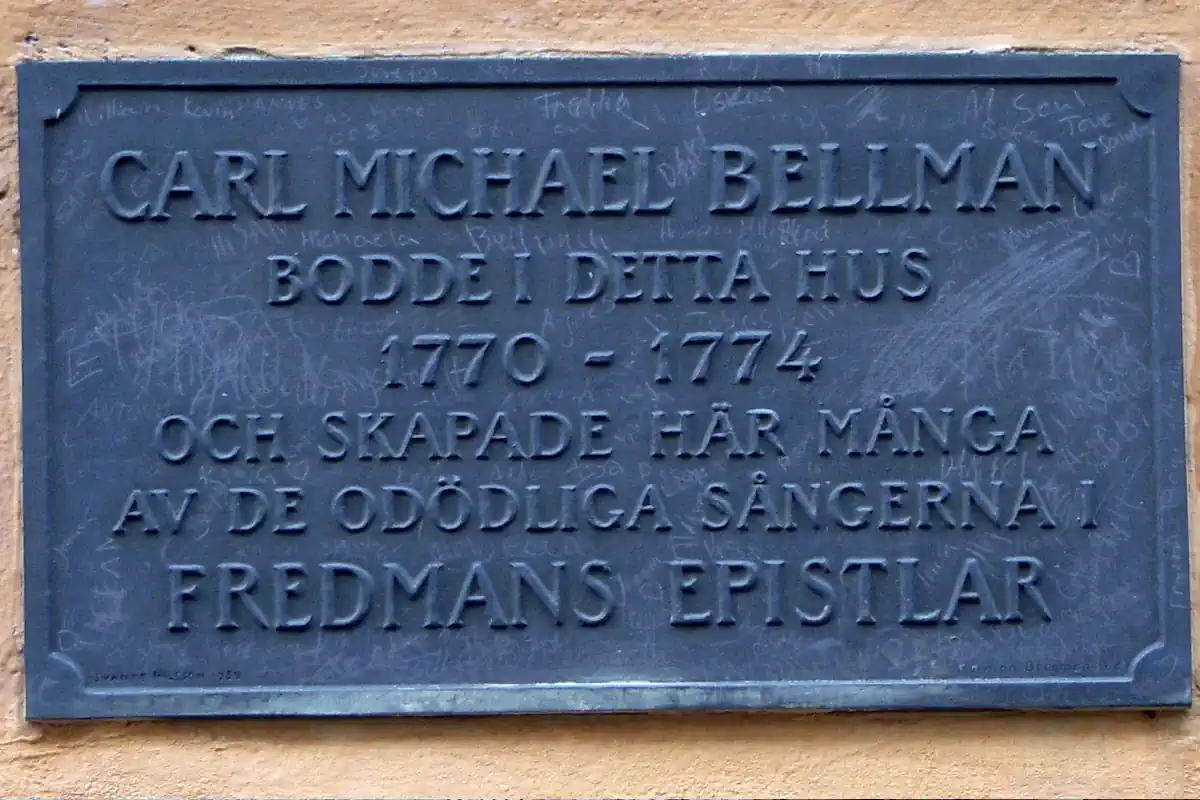
2. Långholmen and Stora Henriksvik
On Långholmen, the Bellman Museum at Stora Henriksvik celebrates his life with exhibits, a garden café, and ties to his famous Epistle No. 48. The nearby spinnhus prison, often mentioned in his works, adds historical depth.
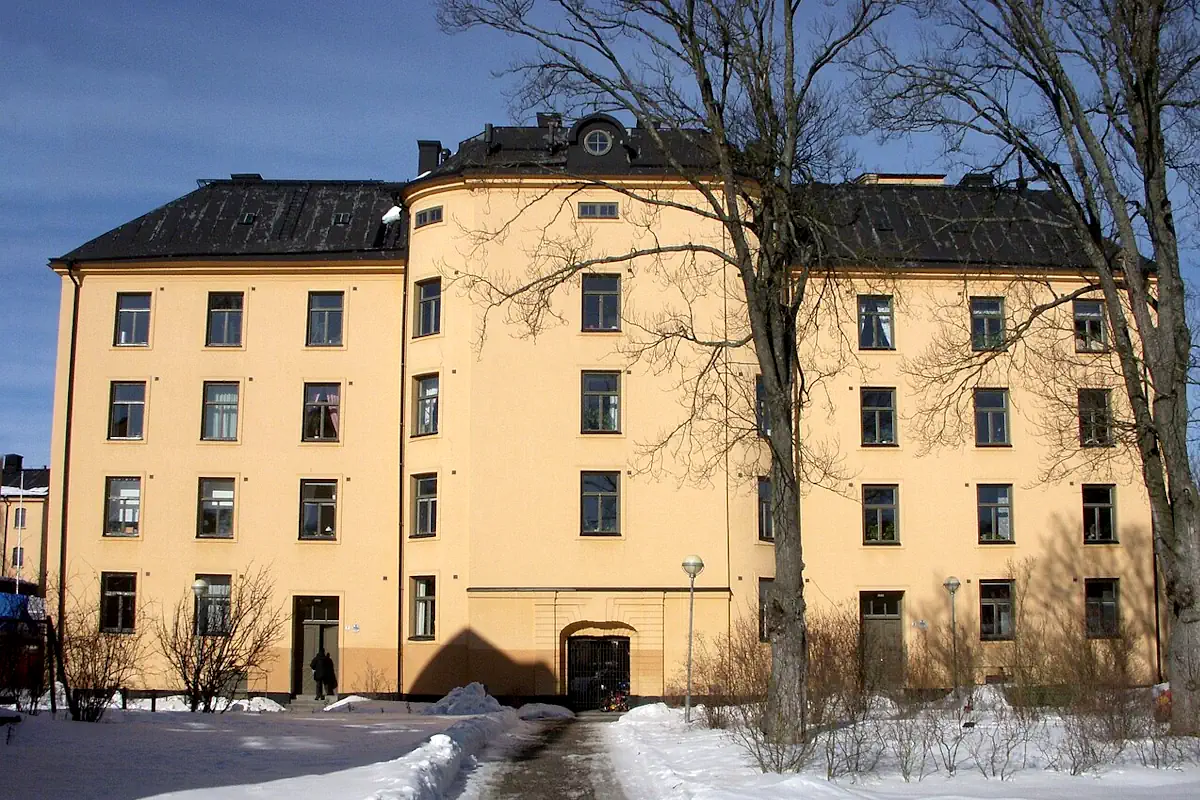
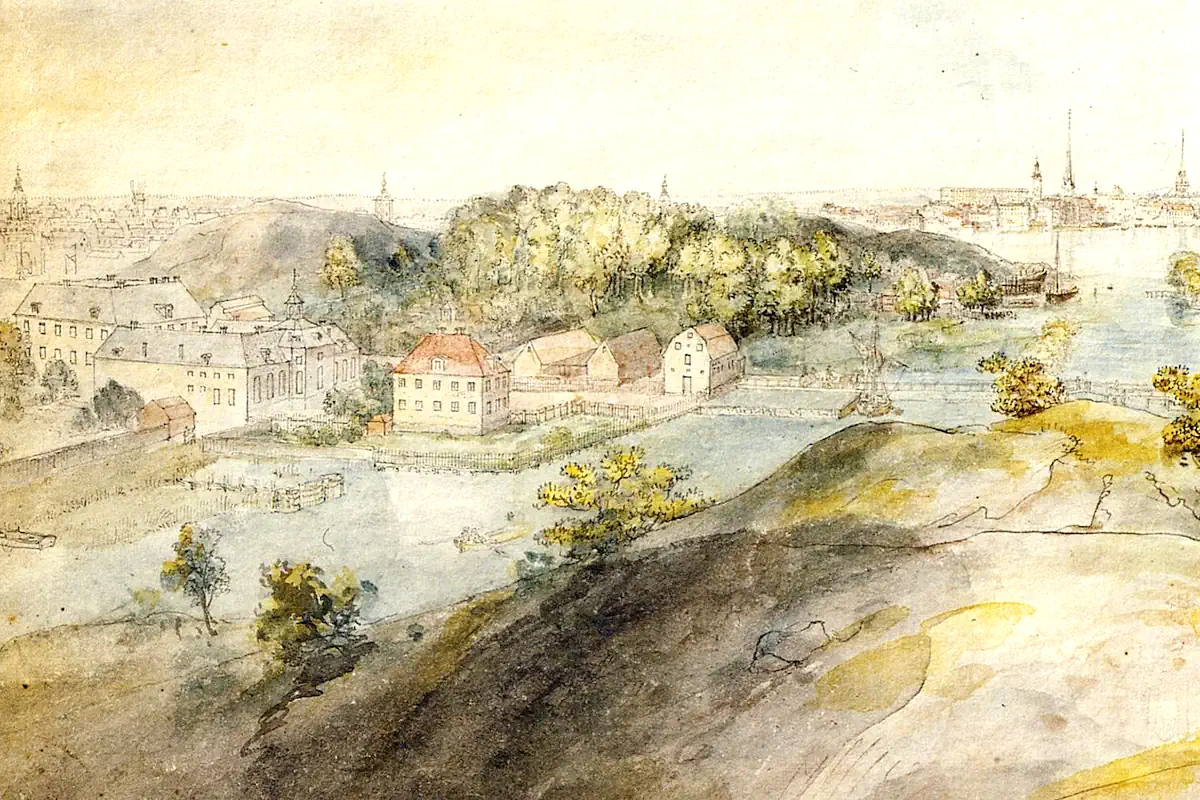
3. Gamla Stan
Bellman often wandered Gamla Stan’s alleys and taverns. One landmark is Den Gyldene Freden, a historic tavern still open today, where his presence lingers in song and story.
4. Haga Park and Gustav III’s Pavilion
North of Stockholm, Haga Pavilion recalls Bellman’s connection with Gustav III, his patron. The surrounding park, often celebrated in Bellman’s verses, remains one of Stockholm’s most scenic escapes.
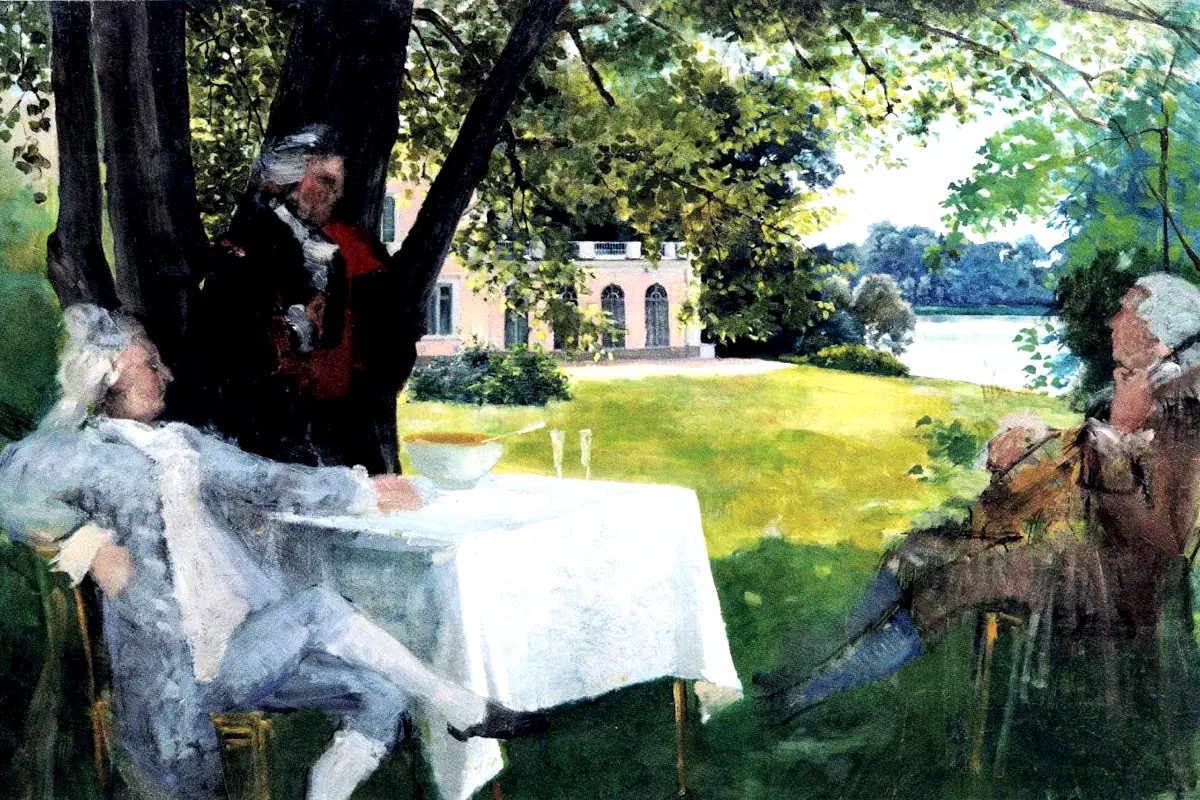
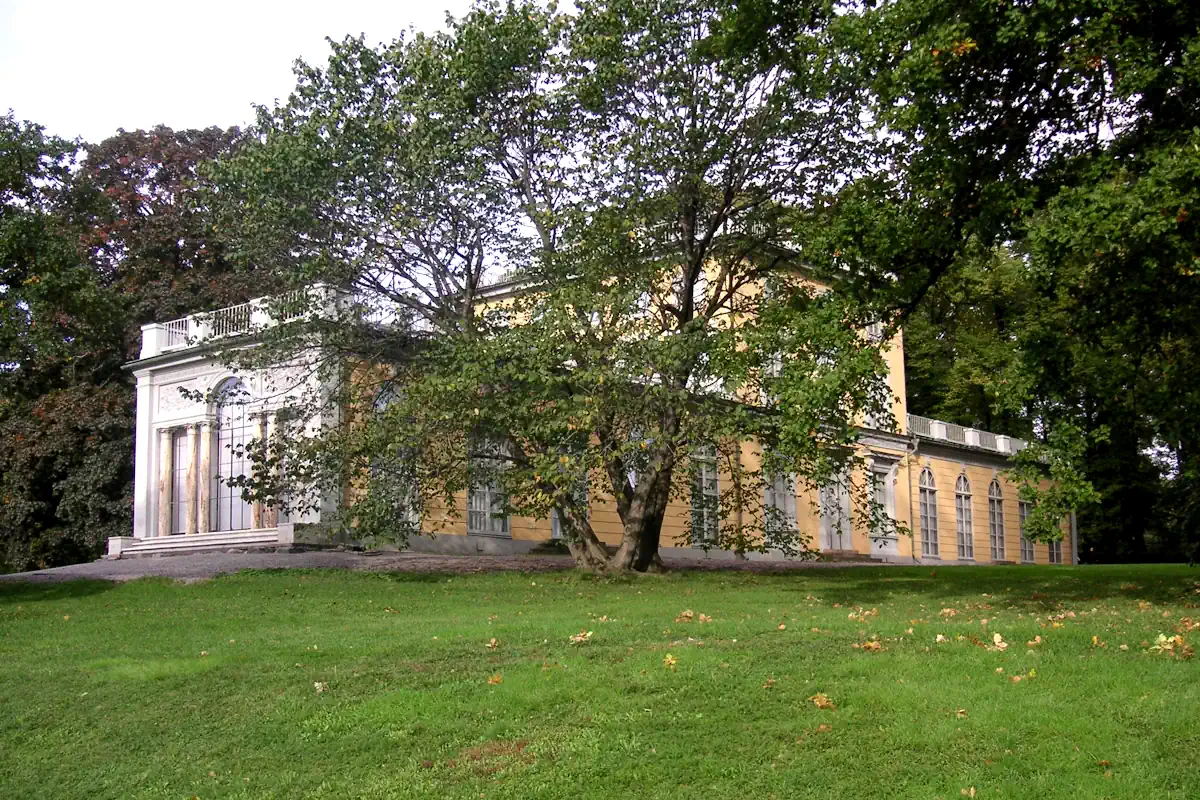
5. Stockholm City Museum
The Stockholm City Museum includes exhibitions on Bellman’s life and the city he immortalized.
Bellman’s Legacy
Despite enduring poverty and periods of imprisonment for debt, Bellman left behind an unparalleled body of poetry and music. He died in 1795, yet his voice still shapes Swedish cultural identity. To follow Bellman’s Stockholm is to walk through the heart of the city’s 18th-century spirit.
Visit Info
![]() Carl Michael Bellman
Carl Michael Bellman
![]() Carl Michael Bellman
Carl Michael Bellman



